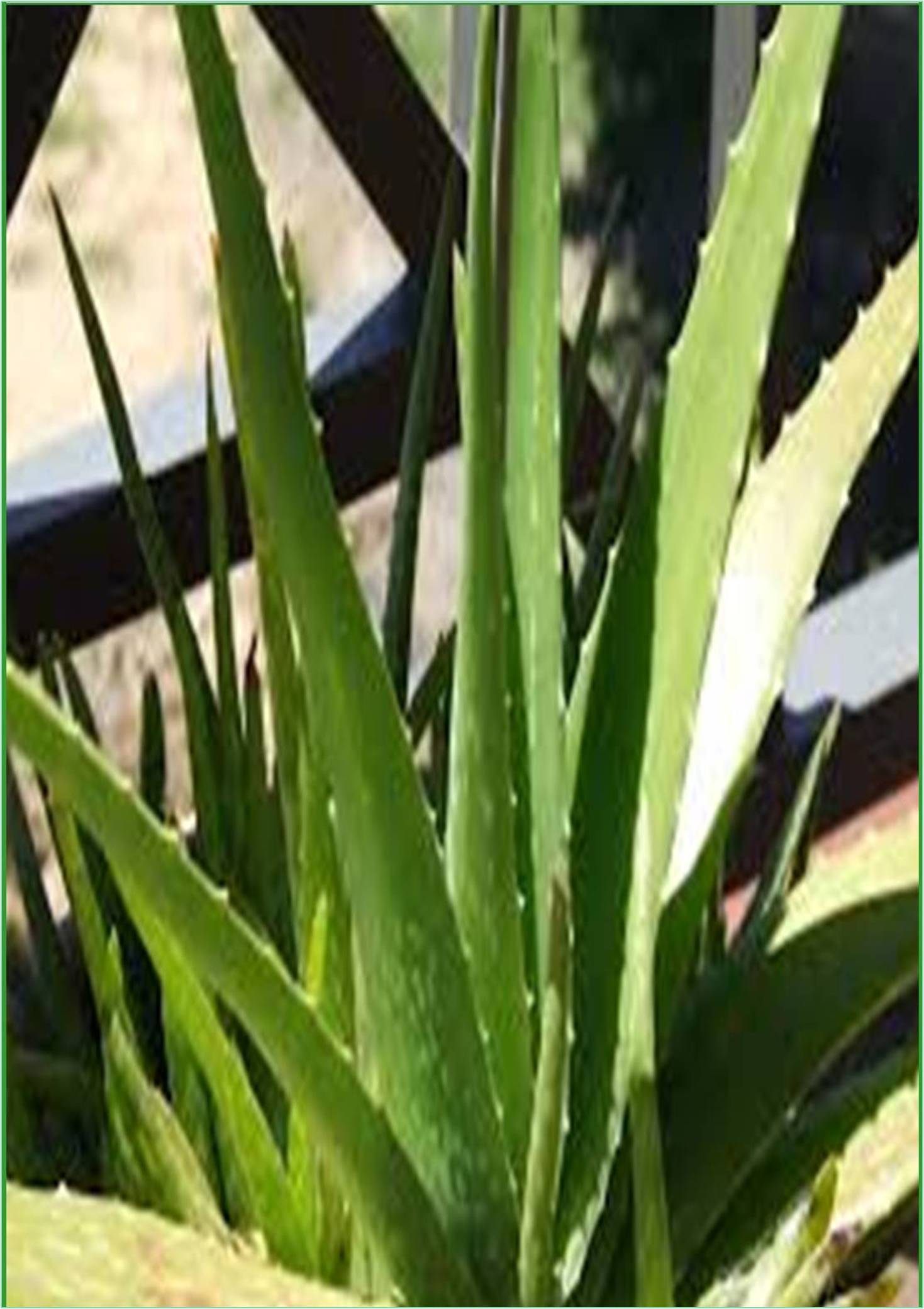



Received: 29-Nov-2022, Manuscript No. GJMPR-22-88091; Editor assigned: 02-Dec-2022, Pre QC No. GJMPR-22-88091(PQ); Reviewed: 19-Dec-2022, QC No. GJMPR-22-88091; Revised: 23-Dec-2022, Manuscript No. GJMPR-22-88091(R); Published: 30-Dec-2022, DOI: 10.15651/GJMPR.22.7.080
Numerous human disorders, particularly venereal diseases, are heavily influenced by inflammation, which frequently leads to difficulties during therapy. Plants have long been utilised to treat a variety of illnesses, and they have been successfully tested as an alternate source for the treatment of infectious diseases. The goal of this study was to assess the anti-inflammatory and mutagenic effects of 12 medicinal plants that the Venda people utilise to treat venereal and related disorders. The plants were tested using the Ames test with and without S9 (metabolic activation) against Salmonella typhimurium tester strain TA98 for genotoxicity and their antiinflammatory activities against the Cyclooxygenase (COX-1 and COX -2) enzymes. The highest antiinflammatory action was seen in COX-1 and -2 assays at 250 g/ml in DCM and PE extracts of Adansonia digitata bark, Bolusanthus speciosus bark, Pterocarpus angolensis bark, Pappea capensis leaves, and EtOH and water extracts of Bolusanthus speciosus stem and Ekebergia capensis bark (Ndhlala, et al. 2008). To ascertain IC50 values, these were further examined at three additional concentrations (31.25, 62.5, and 125 g/ ml). Bark from Ekebergia capensis water extracts had the highest IC50 value for COX-1. Except for Elephantorrhiza burkei and Ekebergia capensis, which displayed modest mutagenicity, all plant extracts were found to be nonmutagenic towards Salmonella typhimurium strain TA98 according to the Ames test (Pan, et al. 2010).
The active plants may provide a fresh source of compounds for the potent anti-inflammatory treatment of venereal disease-related disorders. Gonorrhea, syphilis, chlamydia, and trichomoniasis are examples of Vnereal Diseases (VDs), which are illnesses that are mostly spread through sexual contact. The most well-known VD and the most contagious infection worldwide is gonorrhoea. Gonorrhoea accounts for 88 million of the 448 million instances of treatable venereal illnesses, with the remaining cases being syphilis, chlamydia, and trichomoniasis. Recent assessments place gonorrhoea in the developing multidrug resistance phase. One of the main illnesses wreaking havoc on many rural areas is venereal disease. These illnesses are regarded as a disgrace in the community and among those who have them. Indigenous tribes, like the Vha-Venda people, typically use medicinal herbs instead of western medications to treat these viral disorders. For millennia, the Vha-Venda people have relied on medicinal herbs for both their health and survival (Samie, et al. 2009).
Several pharmacological assays were conducted in order to validate and provide scientific support for the Vha- Venda people's usage of medicinal herbs to treat venereal illnesses. The purpose of the study was to assess the antibacterial, anti-inflammatory, HIV-type 1 Reverse Transcriptase (RT) inhibition, phenolic content, and mutagenesis capabilities of 12 medicinal plants that the Vha-Venda people utilise to treat venereal and related disorders. Additionally, an effort was made to isolate and identify the chemicals in particular extracts that were most effective at inhibiting Neisseria gonorrhoeae (Abdul, 2010). Twelve medicinal plants and different plant parts were examined for their antimicrobial potential, including Adansonia digitata (bark), Acacia karroo (bark), Aloe chabaudii (roots), Bolusanthus speciosus (leaves, bark, and stem), Ekebergia capensis (leaves and bark), Elephantorrhiza burkei (roots), Grewia occidentalis (roots), Osyris lanceol Petroleum Ether (PE), Dichloromethane (DCM), 80% Ethanol (EtOH), and water were used to extract the plant components. Materials were extracted with methanol for use in HIV-1RT and phenolic content tests. The Minimum Inhibitory Concentration (MIC) and Minimum Fungicidal Concentrations (MFC) were determined using the microdilution assay and the disc diffusion method, respectively.
There are twelve species with known biological and pharmaceutical properties. Scientific validation was typically supplied through the isolation of the active substances and/or pharmacological assays. Antiinflammatories and antioxidants, which are known to prevent a number of chronic and degenerative diseases, are abundant in the majority of species. In addition, a number of them have been identified as possible sources of therapeutic agents for serious diseases like parasitic, bacterial, and fungal infections, and six of them have shown potential anticancer activity (Kast, 2001). The wealth of the natural and cultural legacy from the Miombo forests is reflected in the information acquired for this study. Local Knowledge Systems (LKS), when combined with scientific knowledge, form one of the cornerstones of bio-based socio-economic development. LKS have incalculable value in community health, nutrition, education, cultural heritage, and conservation. To fully understand these tree species' potential for many purposes, however, there is still considerable research to be done. To ensure the sustainable use of such resources, it will be crucial to develop effective conservation measures and ex-situ tree propagation techniques.
Abdul MA (2010). Healing potential of Rosmarinus officinalis L. on full-thickness excision cutaneous wounds in alloxan-induced-diabetic BALB/c mice. J Ethnopharmacol. 131(2):443-450. [Crossref] [Google Scholar] [PubMed]
Kast RE (2001). Borage oil reduction of rheumatoid arthritis activity may be mediated by increased cAMP that suppresses tumor necrosis factor-alpha. Int Immunopharmacol. 1(12):2197-2179. [Crossref] [Google Scholar] [PubMed]
Ndhlala AR, Chitindingu K, Mupure C (2008). Antioxidant properties of methanolic extracts from Diospyros mespiliformis (jackal berry), Flacourtia indica (Batoka plum), Uapaca kirkiana (wild loquat) and Ziziphus mauritiana (yellow berry) fruits. Food Sci Technol Int. 43(2):284-288. [Google Scholar]
Pan MH, Lai CS, Ho CT (2010). Anti-inflammatory activity of natural dietary flavonoids. Food Funct.1(1):15-31. [Crossref] [Google Scholar] [PubMed]
Samie A, Housein A, Lall N, Meyer JJ (2009). Crude extracts of, and purified compounds from, Pterocarpus angolensis, and the essential oil of Lippia javanica: their in-vitro cytotoxicities and activities against selected bacteria and Entamoeba histolytica. Ann Trop Med Parasitol. 103(5):427-439. [Crossref] [Google Scholar] [PubMed]